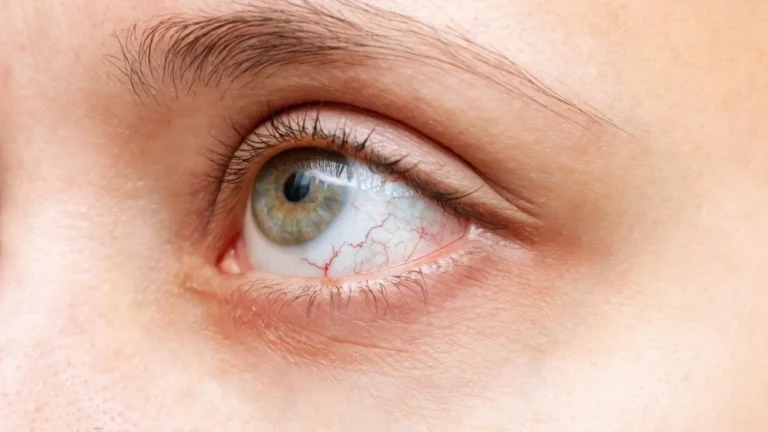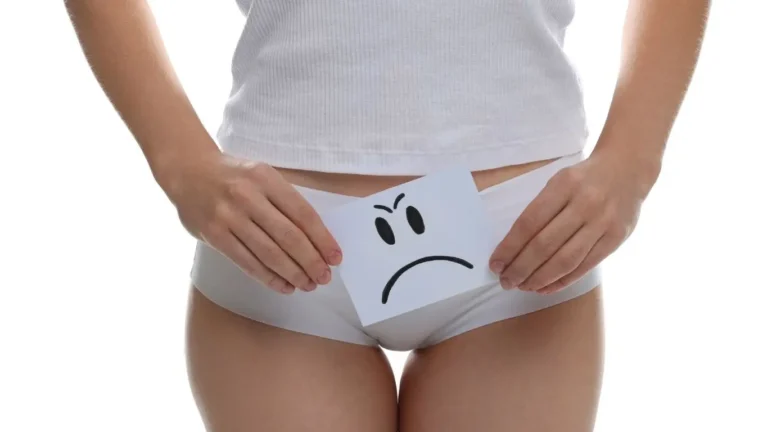Amazing Benefits of Laughter: How It Helps Lower Blood Pressure Naturally
It might sound surprising, but as an Internal Medicine physician, I’ve seen firsthand how something as simple—and joyful—as laughter can play a powerful role in managing hypertension. How laughter helps reduce blood pressure isn’t just a catchy headline. It’s backed by both science and real-life results I’ve observed in my practice. The link between laughter and lower blood pressure might seem light-hearted, but it’s seriously worth talking about, especially for folks dealing with chronic stress and elevated readings.
How Stress and Blood Pressure Are Closely Linked

Let’s start with the obvious: stress and blood pressure are best friends—in the worst way. Chronic stress stimulates the sympathetic nervous system, leading to vasoconstriction and an increased heart rate. Over time, that constant state of “fight or flight” causes blood pressure to climb. Patients often describe feeling tense or overwhelmed right before their readings spike. And yep, I can usually tell when someone’s had a rough day before even wrapping the cuff around their arm.
Why Traditional Advice Only Goes So Far
We’ve all heard the go-to recommendations: exercise regularly, cut back on sodium, reduce caffeine, and take your meds. Don’t get me wrong, these are essential. But what happens when someone’s doing all that and their blood pressure still won’t budge? That’s when I like to throw in something a little unconventional—like laughter therapy. And let me tell you, once my patients get over the initial “Wait, what?” reaction, they often come back saying it made a bigger difference than they expected.
The Science Behind How Laughter Helps Reduce Blood Pressure

So what’s actually happening in the body when we laugh? Glad you asked. Laughter triggers the release of endorphins, which are feel-good chemicals that help relax blood vessels and lower cortisol levels. That decrease in stress hormones allows your vessels to dilate a bit more, which in turn reduces vascular resistance. The result? A drop in both systolic and diastolic blood pressure.
Short-Term vs. Long-Term Effects
Short bursts of laughter can cause immediate but temporary dips in blood pressure. That’s the quick win. But here’s where it gets even better: consistent laughter over time—whether it’s from stand-up comedy, funny movies, or even social time with friends—can lead to long-term improvements in cardiovascular health. It’s not magic. It’s physiology.
- Improves vascular function
- Boosts oxygen intake
- Reduces artery stiffness
- Enhances mood, indirectly reducing stress-induced pressure spikes
Laughter in Clinical Settings: My Personal Observations

Let me share a quick story. One of my longtime patients—let’s call him John—was dealing with stubborn stage 1 hypertension. He was doing all the right things: walking every day, taking his meds, cutting down on salt. Still, his readings hovered in the 140s. I suggested he start watching 10 minutes of comedy daily. At first, he chuckled (pun intended) and said, “Doc, you’re kidding.” But a month later? His average systolic was down by 10 points. No change in meds. Just more joy in his daily routine.
What I Recommend to My Patients
- Start your morning with a short funny video or comic strip
- Watch a stand-up special instead of the nightly news
- Call a friend who makes you laugh at least once a week
- Join a laughter yoga or improv group if available in your area
These aren’t just “feel good” tips. They’re based on real mechanisms that reduce sympathetic tone and improve parasympathetic activation. In other words, laughter helps your body chill out—and that’s exactly what your blood vessels need.
Different Types of Laughter That Help Lower Blood Pressure
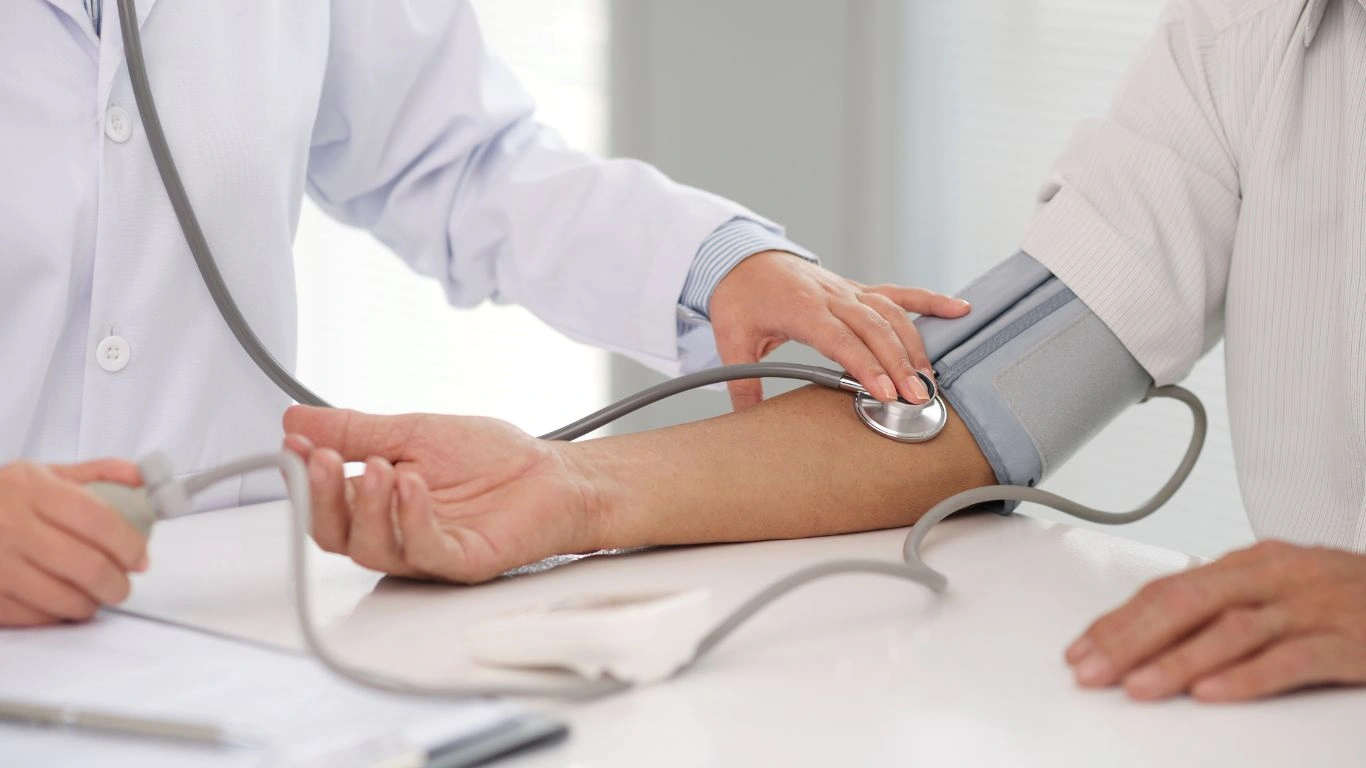
Now, let’s dive a little deeper. Not all laughter is created equal—at least not when we’re talking about health benefits. There’s spontaneous belly laughter (the kind that comes from a really good joke), social laughter (like what happens during a fun chat with friends), and even simulated laughter—which is exactly what it sounds like. You fake it till you make it. And here’s the twist: your body doesn’t care if the laugh is real or forced. The physiological responses—oxygen exchange, muscle relaxation, lowered cortisol—kick in either way.
One of my patients, Rosa, joined a local laughter yoga group after I mentioned it. She felt awkward at first, laughing with strangers for no apparent reason. But after a few sessions? She told me she felt lighter—not just emotionally, but physically. Her blood pressure readings? Dropped enough that we were able to cut back one of her meds. That’s the kind of shift you don’t forget as a doctor.
Why Laughing Alone Still Works
Some people assume they need a group setting to get these effects. That’s a myth. You can absolutely laugh by yourself—watch a funny reel, listen to a ridiculous podcast, or even go old-school with some classic stand-up. I personally unwind with old comedy shows after a long day at the clinic. It’s part of my own self-care routine, and I can feel the difference in my energy and stress levels afterward.
The Role of Humor in Daily Hypertension Management

This might be one of the most overlooked strategies in a hypertension care plan: integrating humor into daily life. It doesn’t require a prescription, costs nothing, and has zero side effects. Yet, it’s something many of us—patients and providers alike—don’t prioritize enough. And I totally get it. When someone is dealing with high blood pressure, the focus is usually on numbers, pills, and diet. But healing isn’t just clinical—it’s emotional and psychological, too.
Here’s what I tell my patients: build laughter into your day just like you would medication. Set reminders if you have to. Share memes. Watch cat videos. Play with your dog. Do whatever brings on that laugh—even if it’s goofy. Especially if it’s goofy. That brief spark of joy resets your stress response in powerful ways.
Pairing Laughter With Other Lifestyle Changes
Laughter shouldn’t replace the basics, but it absolutely complements them. Here’s how I encourage patients to combine strategies:
- Morning walk + podcast comedy episode — You’re getting movement and laughs in one go.
- Mindful meals + funny dinner convo — Laughter aids digestion and helps you stay present.
- Evening yoga + laughter breathing exercises — That combo knocks out cortisol like nothing else.
We’re aiming for a full-body, full-mind approach to managing blood pressure. And honestly? When people enjoy their routines, they stick to them. That’s one of the keys to long-term success.
When Laughter Isn’t Enough: Knowing the Limits
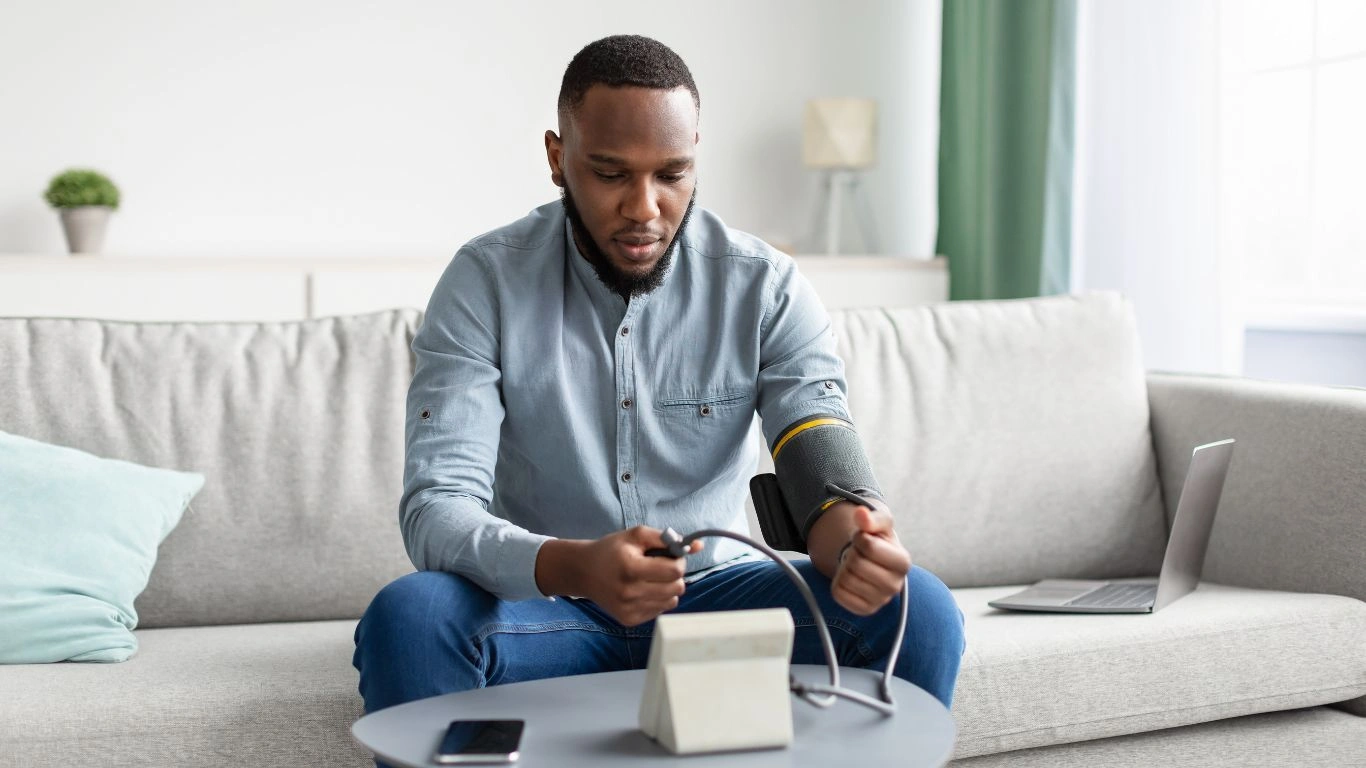
Okay, real talk—there’s a limit to what laughter can do. If you’re dealing with moderate to severe hypertension, no amount of comedy is going to replace antihypertensive therapy. I never want to give false hope, and I always emphasize that laughter is adjunctive, not a cure. It’s one piece of the puzzle. And it works best when the other pieces—diet, exercise, sleep, and medication—are also in place.
Still, I’ve seen enough positive outcomes to confidently say this: how laughter helps reduce blood pressure deserves more attention in both clinical settings and home routines. It may not come in a pill bottle, but it absolutely belongs in the treatment conversation.
Signs That You’re on the Right Track
After adding more laughter to your life, here are a few subtle changes you might notice—even before the blood pressure numbers start improving:
- You feel more relaxed in general, even during stressful moments.
- Your heart rate doesn’t spike as easily when you’re anxious.
- You’re sleeping better, and waking up less tense.
- Family or coworkers mention you seem more upbeat (always a good sign!).
As someone who treats hypertension every single day, I can tell you—those “soft” wins often show up before the hard numbers do. But they’re every bit as important. They signal that your nervous system is shifting back into balance. And over time, that adds up to better blood pressure control.
Real-Life Results: What Patients Have Taught Me
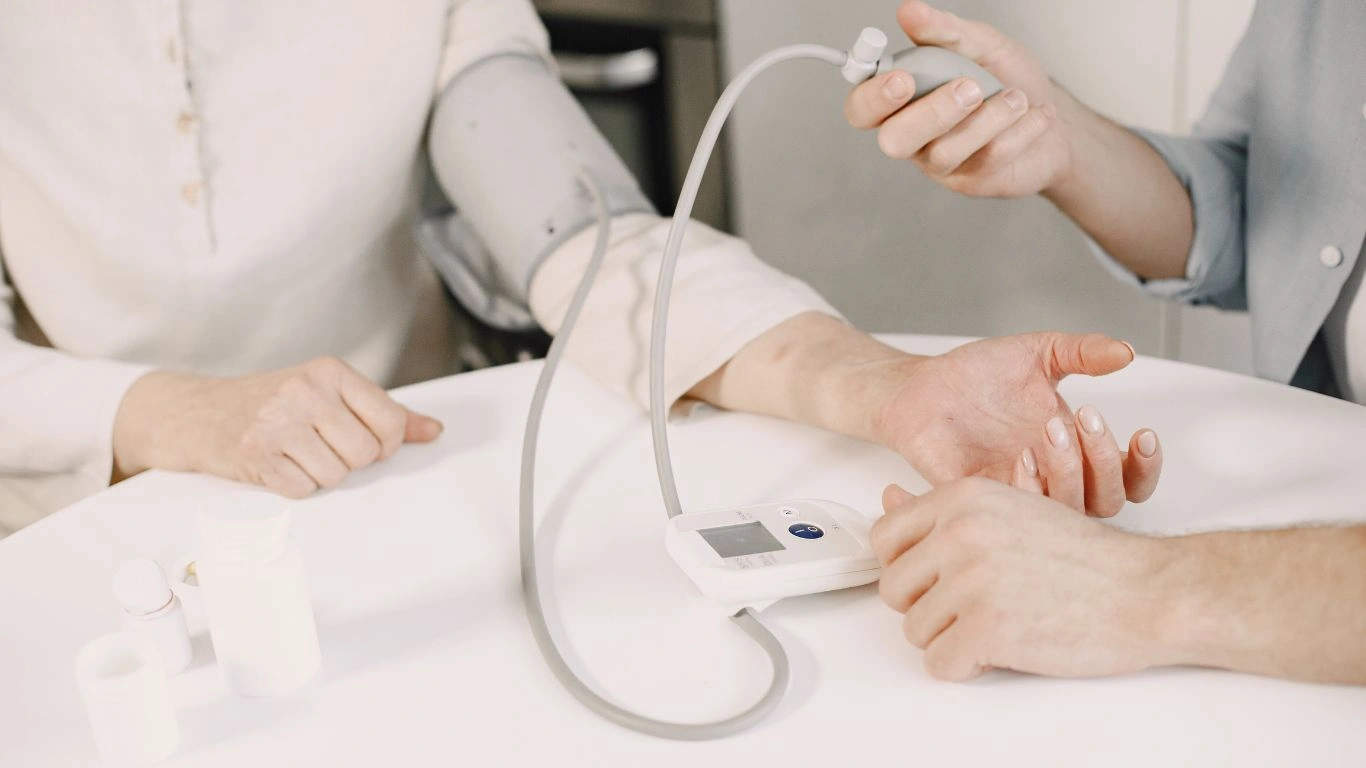
Over the years, one of the most rewarding parts of my job has been learning from my patients—what works for them, what doesn’t, and what surprises them along the way. When it comes to how laughter helps reduce blood pressure, I’ve heard some truly touching feedback. Like the patient who started watching comedy clips while walking on the treadmill and noticed not only a better mood, but better blood pressure readings too. Or the elderly woman who told me that laughing with her grandkids became her daily “medicine.”
One gentleman—I’ll call him Mr. Harris—shared how he started organizing weekly game nights with neighbors. “It’s silly,” he told me, “we just play cards and tease each other, but it feels like therapy.” His blood pressure? Lower, consistently. He hadn’t changed his meds, diet, or activity level. Just more laughter. That’s the kind of stuff you can’t always measure with a chart, but you absolutely feel it in the clinic room.
It’s Not Just Emotional—It’s Physiological
We’re not just talking about feeling happier (though that’s great too). Laughing boosts nitric oxide production, reduces arterial stiffness, and promotes parasympathetic nervous system activation—meaning your body physically calms down. You can literally laugh your way into a healthier cardiovascular state. And when I explain that to patients, they go from skeptical to curious real fast.
Making Laughter a Sustainable Habit

If you’re wondering how to make this part of your daily routine, don’t overthink it. Laughter doesn’t need to be scheduled like a workout or forced like a supplement. It just needs to be consistent. Here are a few ways my patients—and even I—incorporate laughter into real life:
- Curate your comedy. Subscribe to a few funny YouTube channels or comedy podcasts.
- Laugh with people, not just at screens. Phone a friend who cracks you up. Join a local improv night. Play silly games with your kids or grandkids.
- Combine it with something else. Listen to stand-up while meal prepping. Watch comedy while on a stationary bike.
- Don’t take yourself so seriously. Let yourself laugh at your own mistakes—it’s more healing than you think.
I always tell folks: find what makes you laugh, and then make space for it. Just like you schedule time for meals, walks, or check-ups, build a “joy buffer” into your day. It doesn’t have to be long. Even 10 minutes a day can have an impact over time.
How Healthcare Providers Can Support This Approach
As a physician, I believe we should treat laughter not as fluff but as a legitimate adjunct to lifestyle modification. Providers can ask about stress, sure—but also ask, “When was the last time you had a good laugh?” That small question can open the door to a deeper conversation about emotional well-being and coping strategies. It also tells the patient: your mental state matters just as much as your physical numbers.
And if you’re a provider reading this—don’t be afraid to model it. I share funny stories (within professional boundaries, of course), wear colorful socks that get a giggle, or keep a few corny jokes in my back pocket. It helps patients open up, lowers anxiety in the room, and yep—it probably helps both our blood pressures.
References
- American Heart Association
- National Institutes of Health
- Mayo Clinic
- American Gastroenterological Association
Disclaimer
This article is for informational purposes only and is not intended to replace professional medical advice, diagnosis, or treatment. Always consult your healthcare provider with any questions or concerns you may have about your health or a medical condition.

Dr. Gwenna Aazee is a board-certified Internal Medicine Physician with a special focus on hypertension management, chronic disease prevention, and patient education. With years of experience in both clinical practice and medical writing, she’s passionate about turning evidence-based medicine into accessible, actionable advice. Through her work at Healthusias.com, Dr. Aazee empowers readers to take charge of their health with confidence and clarity. Off the clock, she enjoys deep dives into nutrition research, long walks with her rescue pup, and simplifying medical jargon one article at a time.


